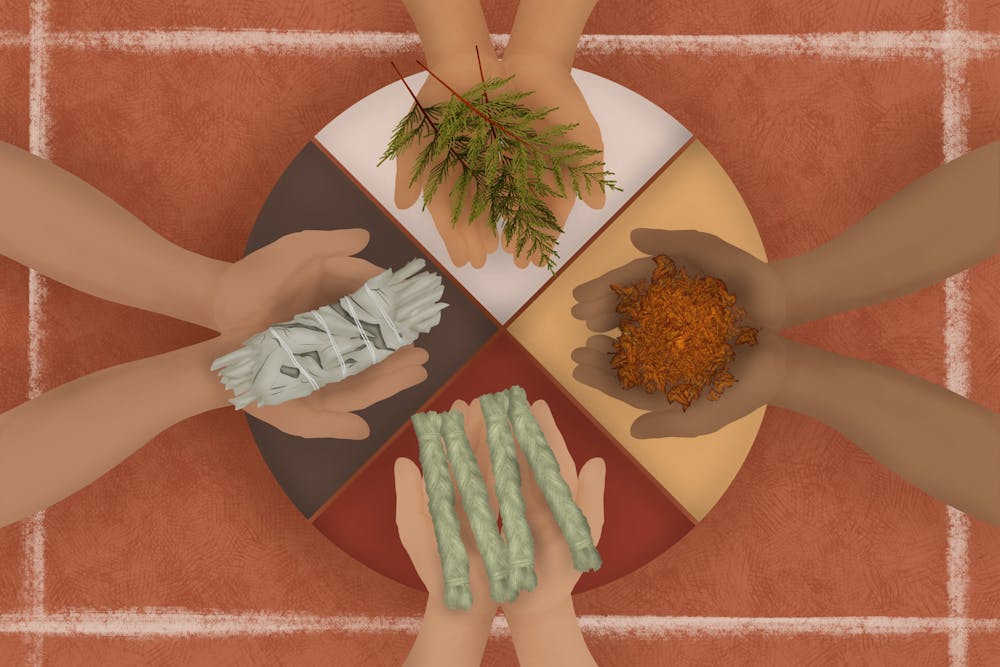For Indigenous communities across North Carolina and the United States, native gardening expands from a simple act of planting local species to an essential practice.
Through this lens, communities find a sense of self rooted in connection to the natural landscape, according to Marissa Carmi, the associate director of UNC’s American Indian Center (AIC) and a citizen of the Oneida Nation of Wisconsin.
“So Indigenous peoples, we've always been part of our ecosystems, not on it, not above it, but part of it,” Lydia Jennings, visiting research fellow at Duke University’s Nicholas School of the Environment, said.
Jennings, who is a citizen of the Pascua Yaqui Tribe of southwestern Arizona and the Huichol of northwestern Mexico, said that what we now know as national forests were once the homes, churches, pharmacies and food pantries of Indigenous peoples.
Indigenous people believe that local environments are communities to be cared for, according to Carmi.
“I would say this is maybe a pan-Native philosophy: that the world around us and everything that is part of the world around us — these are our relatives,” Carmi said. “And so having a garden, and taking care of and nurturing a garden, is just taking care of what we see as relatives and what we understand as relatives as part of this kinship network that we exist within.”
The AIC is in the process of creating the American Indian Cultural Garden (AICG), an outdoor space intended to support and affirm Native people on UNC’s campus and in the broader community.
The AIC consulted UNC’s Native community and representatives from tribal nations across the state throughout the development process.
The AICG will surround the Carolina Community Garden, which is located across the street from the center, and is projected to be built by the end of 2024.




